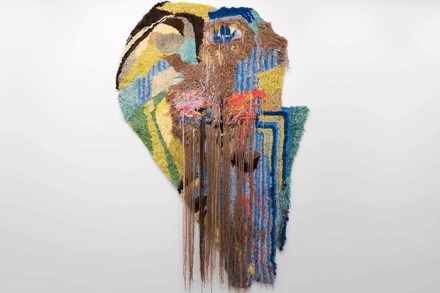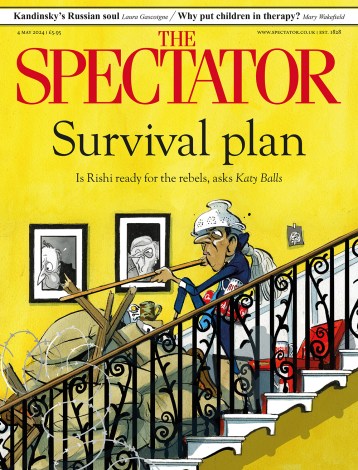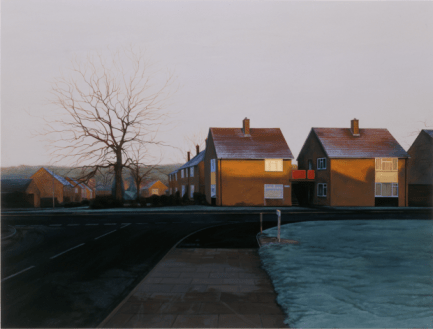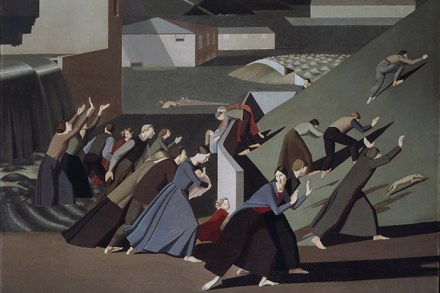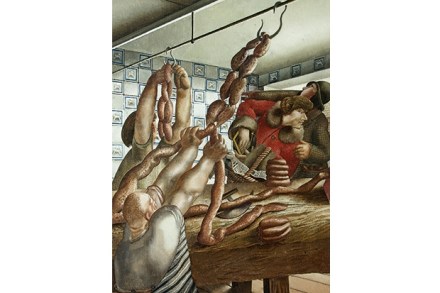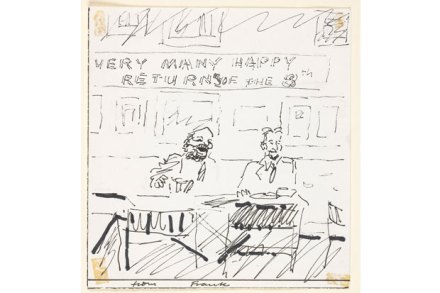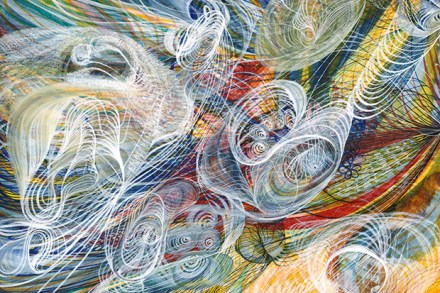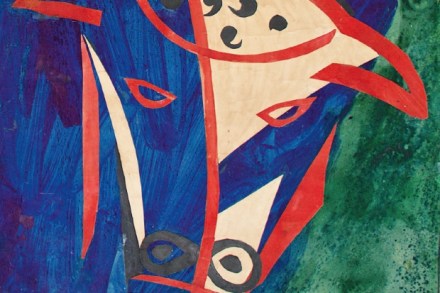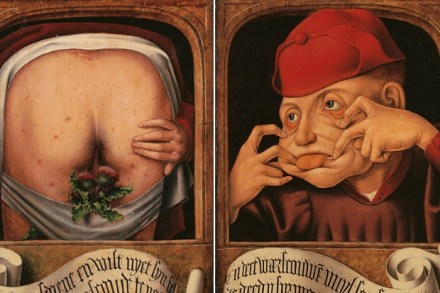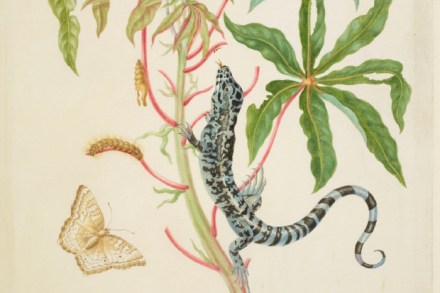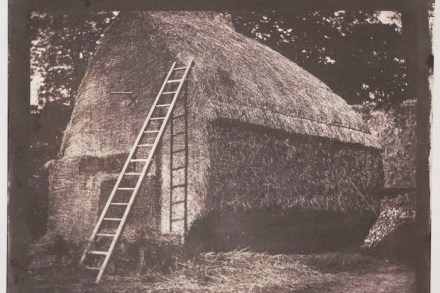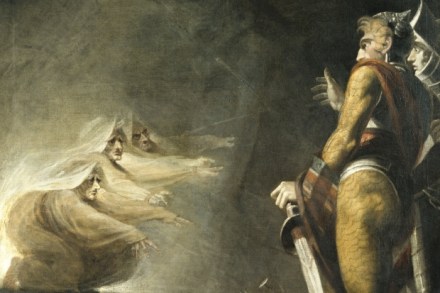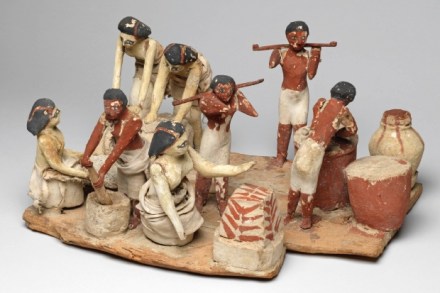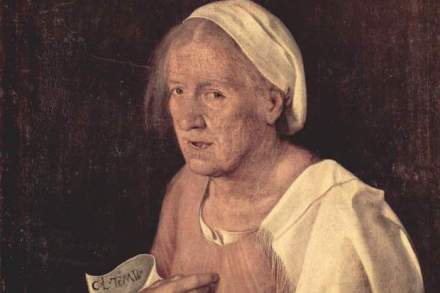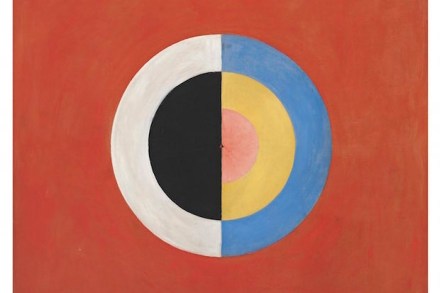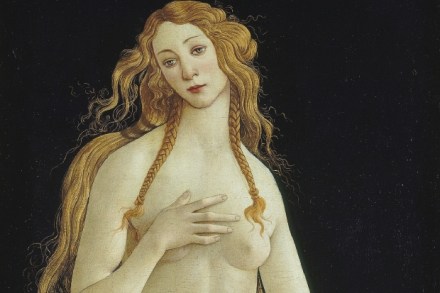Recycling the avant-garde
One overcast afternoon in late July I took a train to Norfolk. It seemed a good time and place to catch up on the state of the avant-garde. My goal was the British Art Show 8, currently spread over several venues in the centre of Norwich and due next month to move on to Southampton, the final resting-point on its slow progress around what remains, for the moment at least, the United Kingdom. Not having caught the exhibition at its previous stopping points, Leeds and Edinburgh, I thought this would be a suitable place to see it since Norwich is a town of art historical pedigree — home to Cotman,
